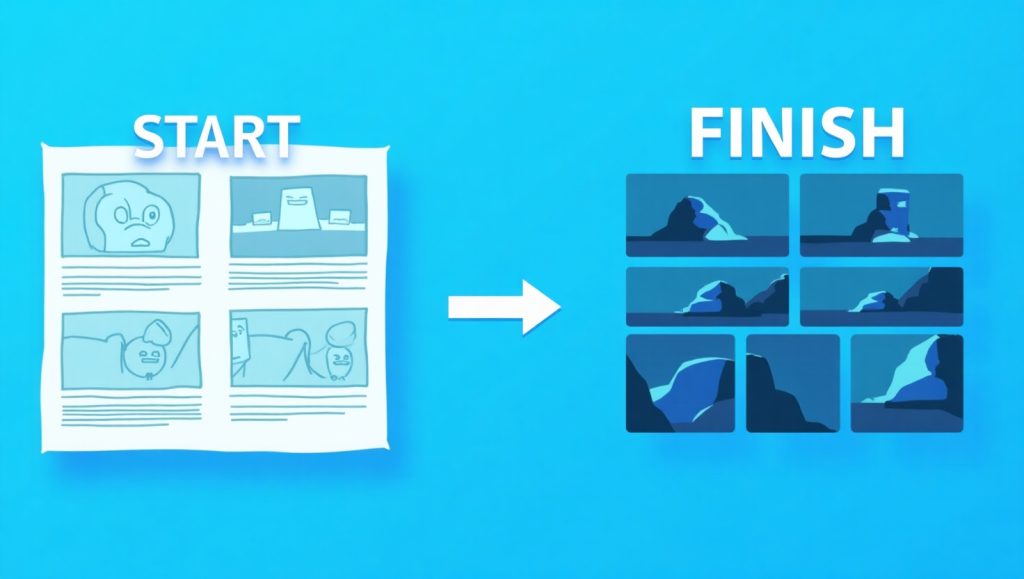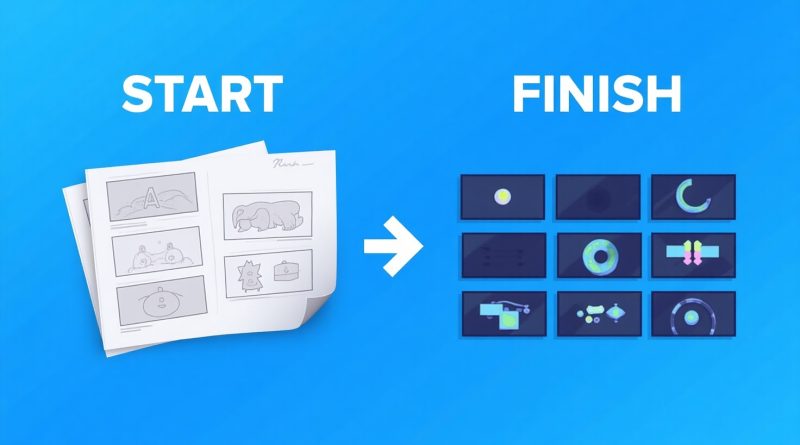5 Tips For Developing Motion Design Principles
What Is Motion Design?
Motion graphics, in simple terms, are visuals that combine video footage and animation techniques to create the appearance of movement. Unlike traditional animation, which is crafted scene by scene, motion graphics usually concentrate on animating text and shapes to communicate a message or narrate a story. Consider it the stylish, trendy cousin of regular animation—more focused on visual appeal and less on intricate storylines (no offense to those grand animated tales, of course).
Key Elements of Motion Graphics
Design Principles
At its essence, effective motion graphics depend on several fundamental design principles. These encompass balance, contrast, and alignment, which contribute to creating visually attractive and well-organized compositions.
Animation Techniques
The animation methods used in motion graphics are quite diverse but generally include keyframing, easing, and layering. Keyframing involves mapping out the significant moments of your animation, while easing provides that smooth, natural touch.
Sound and Music Integration
And let’s not overlook the finishing touch: sound and music! The right audio can transform your motion graphics from ‘okay’ to ‘amazing!’ Imagine the classic “whoosh” sound effect when an object zooms across the screen.

How to Develop Motion Design Principles
Step 1: core objective
Starting to experiment with designs without a clear goal wouldn’t be logical. Therefore, the initial step for the team was to outline a distinct vision for what they aimed to convey through their motion — and to ensure alignment with key stakeholders.
Step 2: Build a framework
After completing the audit, the team began developing a framework to identify and establish the visual brand areas that required rules and guidelines for motion design. This framework would act as the basis for how motion would be integrated into all brand assets identified during the audit.
Step 3: Collaborate With Your Team
Motion design is a segment of the broader creative process. Consequently, this design project was a collaborative effort that included various members of the internal creative team, which was significant.
Step 4: Consider the entire system, rather than focusing on one project at a time
When you design each project separately, it can lead to inconsistencies in the brand. It’s essential to view the brand as a whole and identify the key touchpoints that will be utilized repeatedly. Think about how each individual component fits together and aligns with the overarching brand principles.
Step 5: Avoid Excessive Motion
Excessive or flashy movement can be distracting. To prevent this, refer back to your guiding questions: What is the main objective? The aim is to produce meaningful content rather than adding unnecessary digital clutter. Going overboard or lacking a clear purpose with motion can be harmful, especially for individuals with disabilities.
Conclusion
Motion design blends creativity, strategy, and technology to communicate ideas effectively through movement. Whether you're a designer, marketer, or curious creator, mastering these principles can elevate your visual storytelling. Ready to dive deeper? Check out our guide to the best motion design tools for beginners.
Frequently Asked Questions about Motion Graphics
What software is commonly used for creating motion graphics?
Numerous professionals rely on software like Adobe After Effects, Blender, and Cinema 4D for crafting motion graphics. Each of these platforms provides a distinct array of tools and features tailored to various facets of motion design.
How do motion graphics differ from traditional animation?
Although both involve animating visual components, motion graphics mainly emphasize graphic design elements, including typography and logos, which are often employed to communicate information. In contrast, traditional animation generally focuses on character-driven narratives and storytelling development.
Can motion graphics be used for educational purposes?
Absolutely, motion graphics are incredibly effective in educational environments. They can clarify complex ideas, boost engagement, and enhance information retention, making the learning experience more interactive and enjoyable.
What are some key trends shaping the future of motion graphics?
Current trends in motion graphics encompass the incorporation of virtual and augmented reality, interactive content, and advancements in artificial intelligence, all of which are expanding the capabilities and uses of this vibrant medium.
